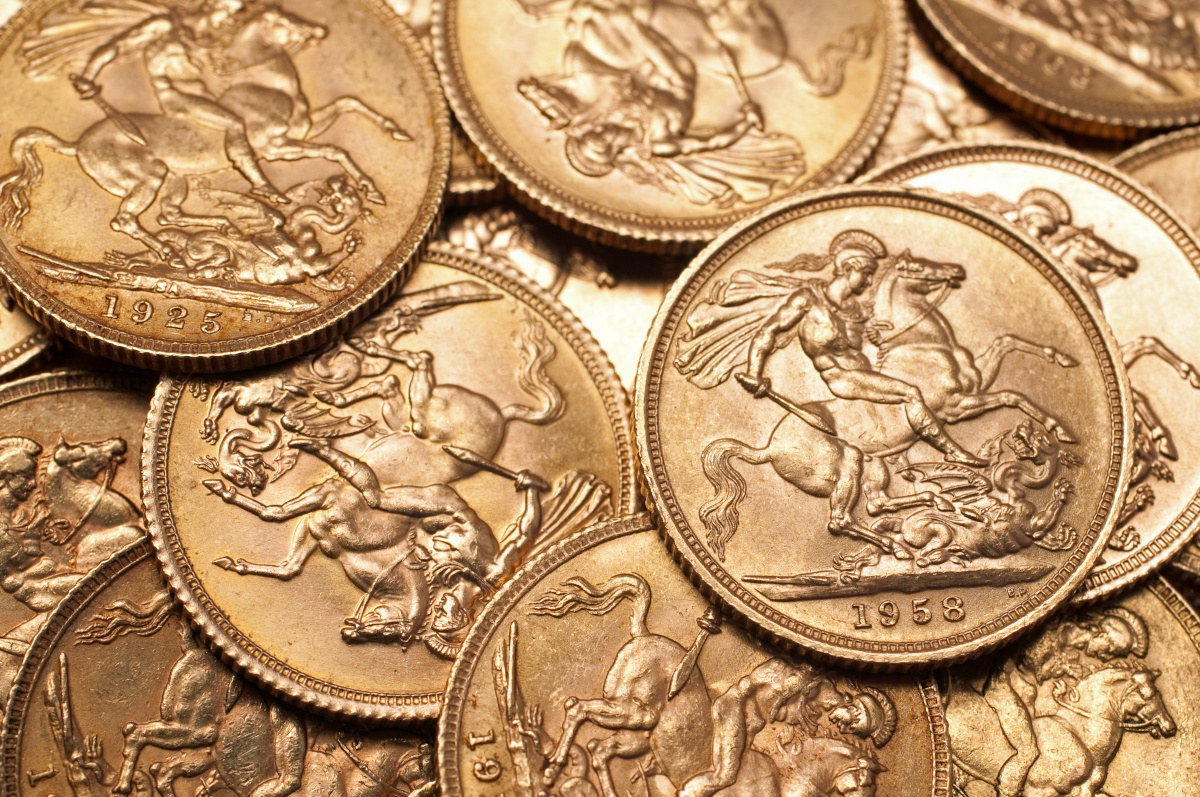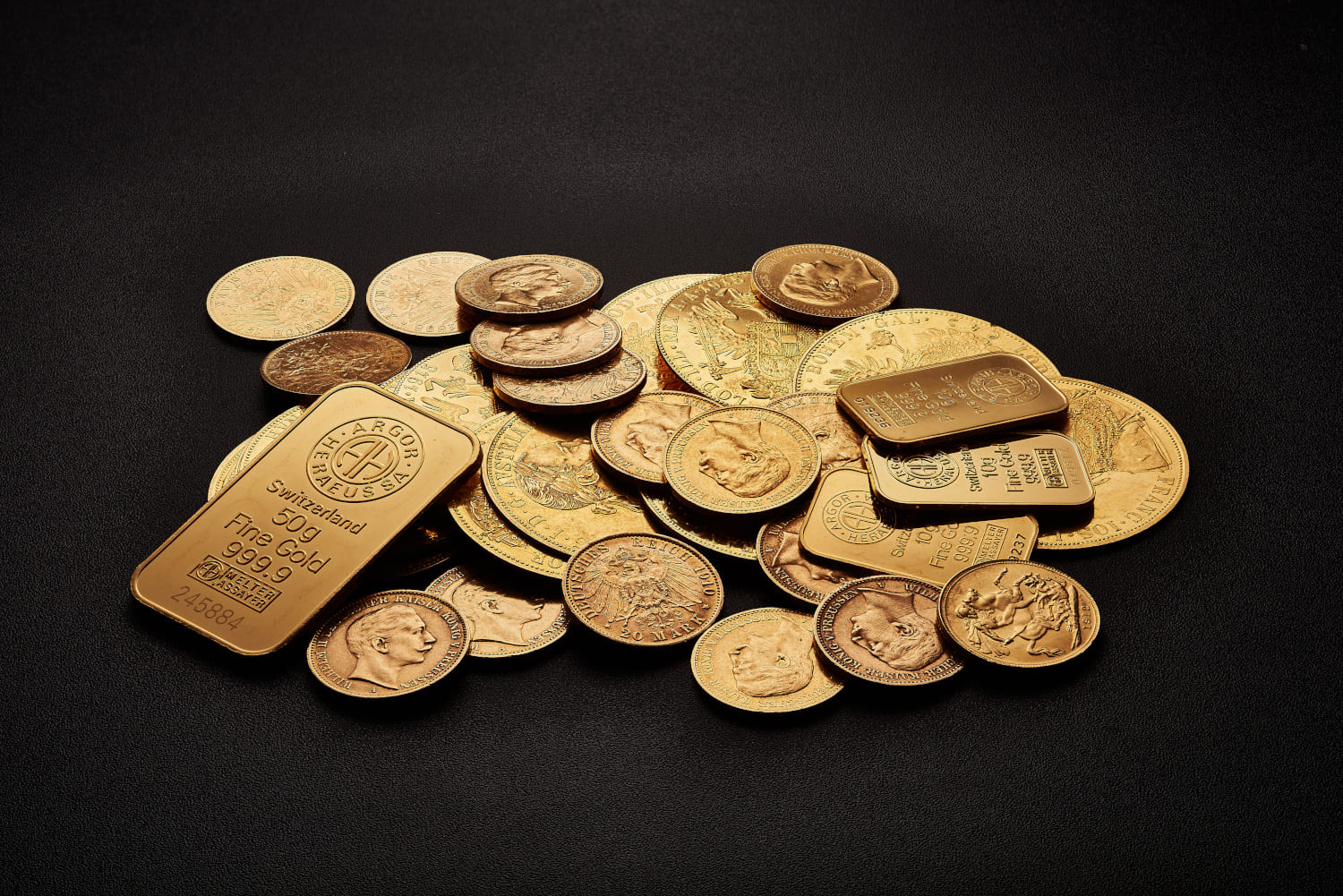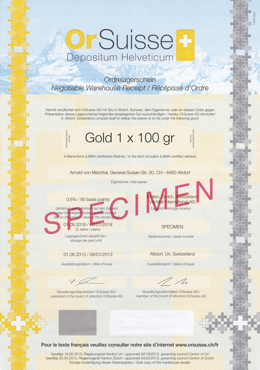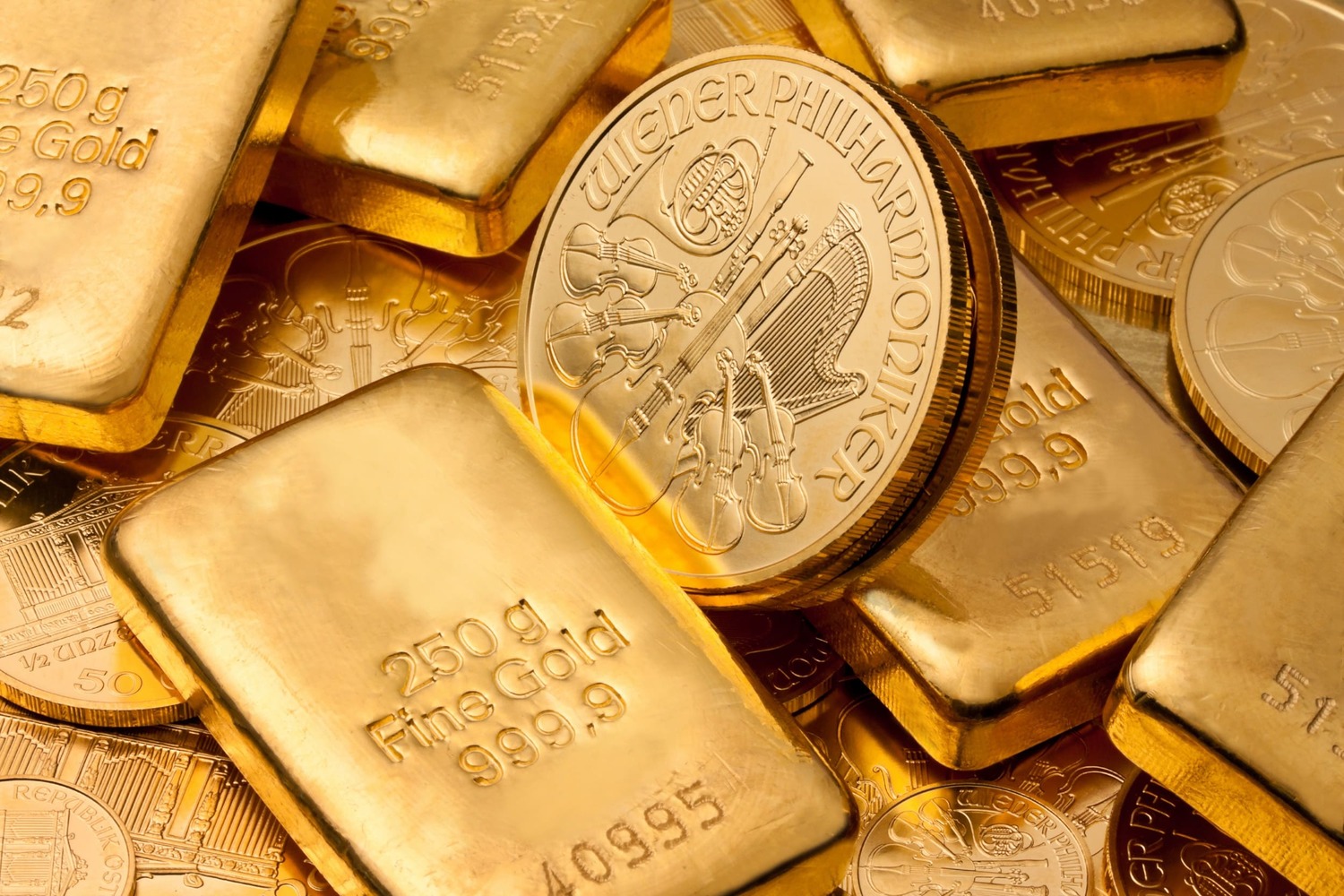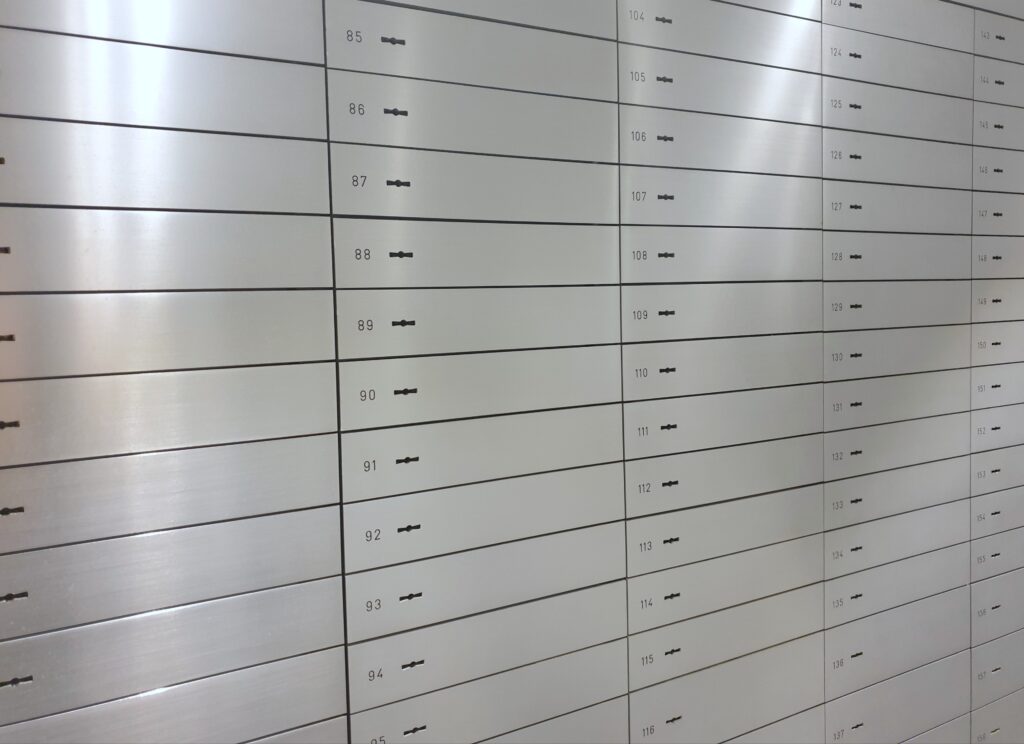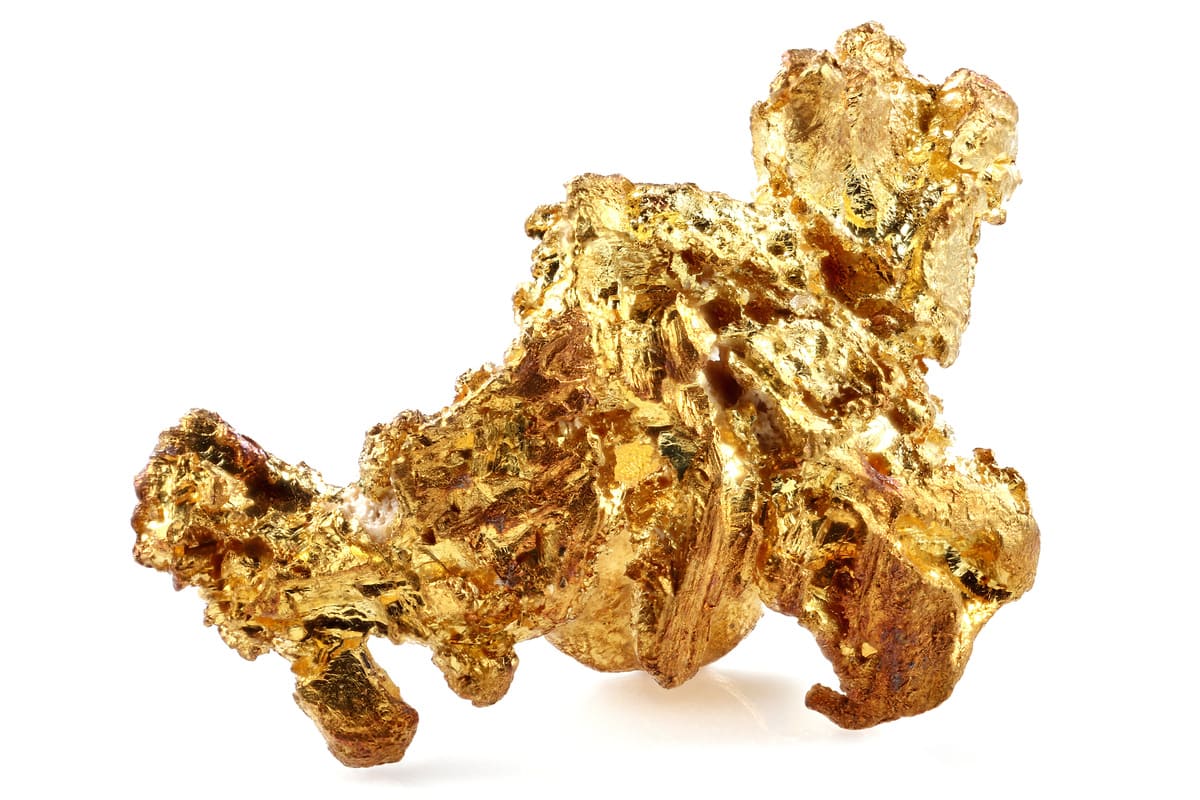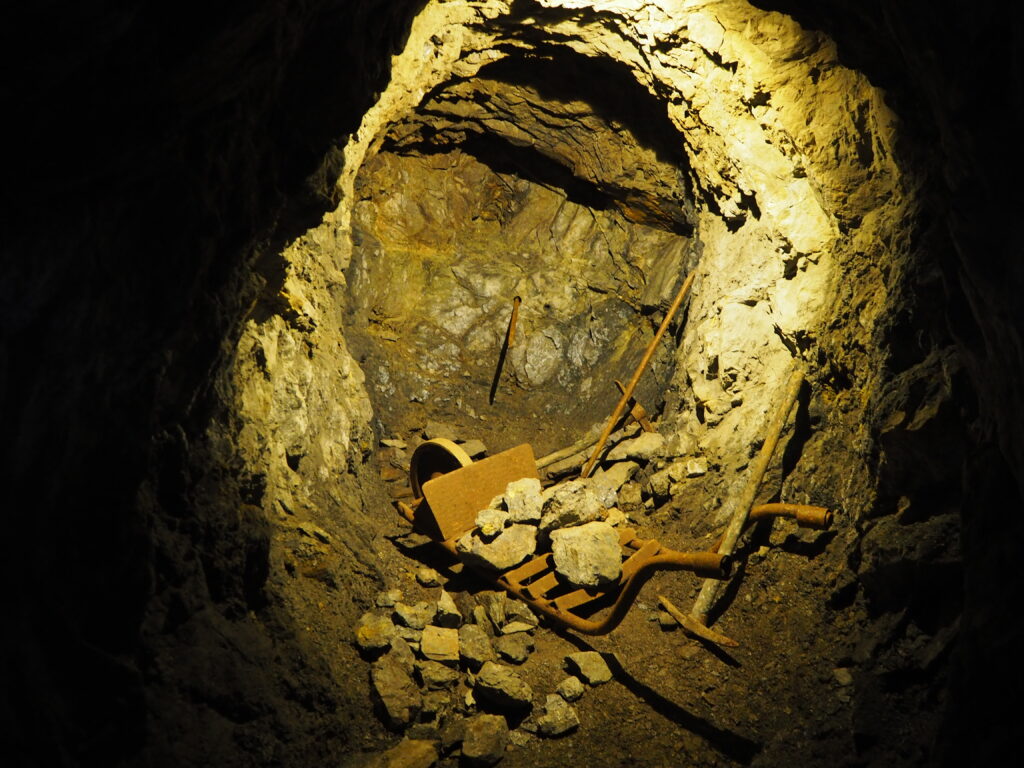What is the Swiss Mint?
Additional information > The fundamentals of precious metals – a broad introduction to the basic principles > Swiss Mint: Switzerland’s official mint
The Swiss Mint, often alternatively known as the ‘Swissmint’, is the Swiss Confederation’s official mint. Until 1998, this institution was formerly described as the Federal Mint. Based in the Swiss capital city of Bern, the Swiss Mint is an agency of the Swiss federal government and is thus part of the Federal Finance Administration.
What is the role of the Swiss Mint?
One of the primary tasks of the historic Swissmint is the minting of coins used for daily monetary transactions, and its declared aim is to provide Switzerland with adequate supplies of coinage to meet such needs. However, now that optimal coin circulation is becoming less critical in times of increasingly widespread cashless transactions, the company’s other assigned functions are gradually moving into the foreground. In addition to everyday coins, the Swiss Mint also produces a volume of special-issue coins, commemorative coins and medals which are very popular with collectors, investors and history lovers everywhere. The company is also responsible for verifying the authenticity of potential fake coins. And in addition, Swissmint handles the disposal of worn, damaged or dirty coinage.
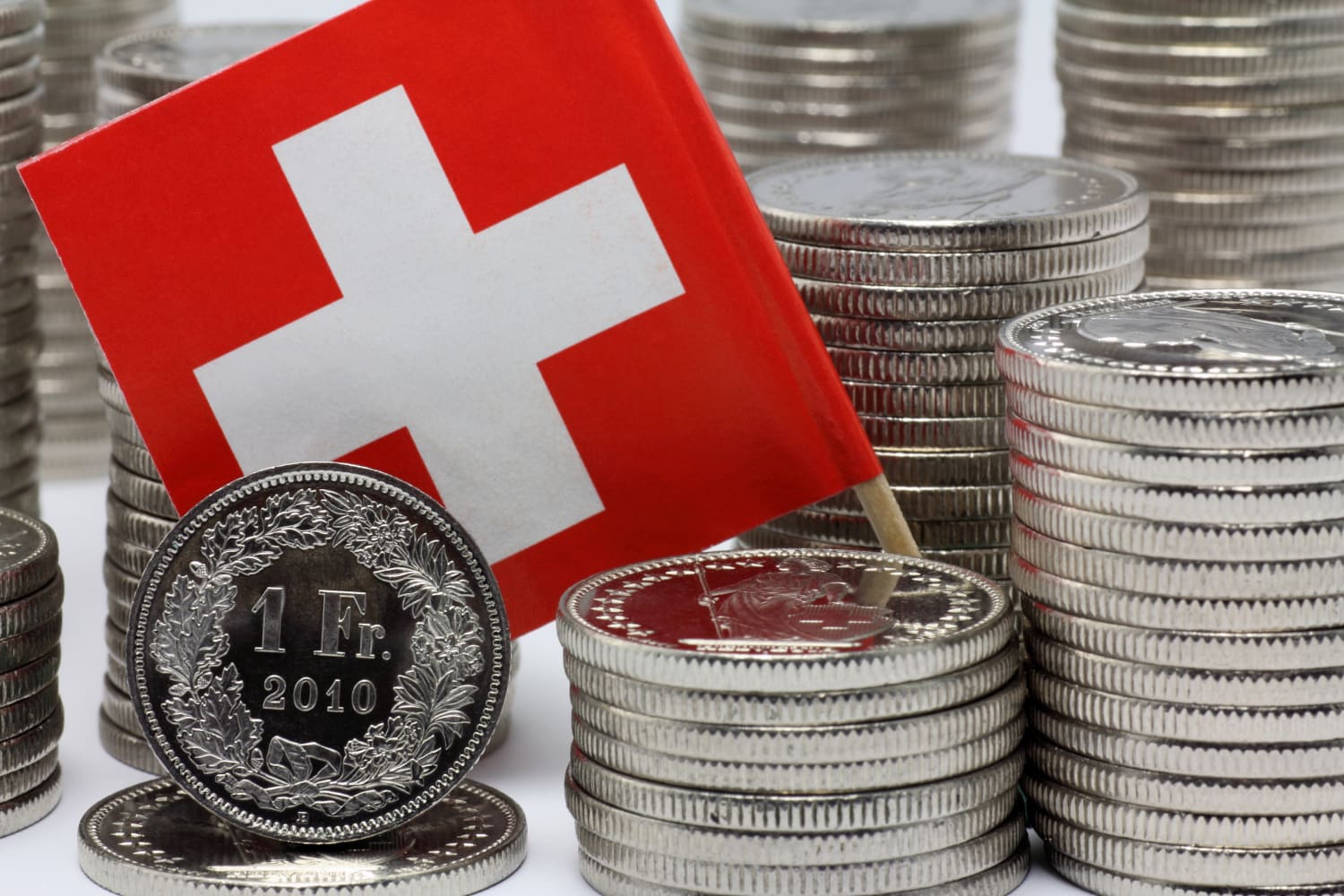
© vladk213 – stock.adobe.com
History of the Swiss Mint
Popular coins
Coins not only serve as a means of payment or as a collectors’ items, they are also popular investment instruments which can provide a hedge against inflation – just like an investment in Swiss francs. This is particularly true of commemorative coins, which the Federal Mint first issued in 1936. These special coins are intended to commemorate historical occasions and cultural achievements, or may be struck to honour special personalities. The Alpine republic’s historic coins are also sought after by collectors and investors. These are mainly gold coinage items, but the same also applies to some silver coins. The following examples are among the most famous Swiss coins:
Goldvreneli
The Goldvreneli is one of the best-known and most popular of all Switzerland’s historic gold coins. The name itself is a combination of the precious metal used and the diminutive form of the traditional Swiss first name Verena. The first minting took place in 1897 when the Goldvreneli replaced the Helvetia gold coin produced from 1883 to 1896. Around 58.6 million coins had been produced by the time the Golvreneli was last minted in 1949. The coin is available in different sizes and in different denominations of 10, 20 or 100 francs. All Goldvreneli have the same basic design: The front shows a bust of a woman looking to the left with the Swiss Alps in the background, while the reverse side includes the coin’s face value and the Swiss coat of arms. The edge is embossed with 22 stars, each representing a Swiss canton. Goldvreneli and Helvetia are still popular today and often given as gifts or competition prizes.
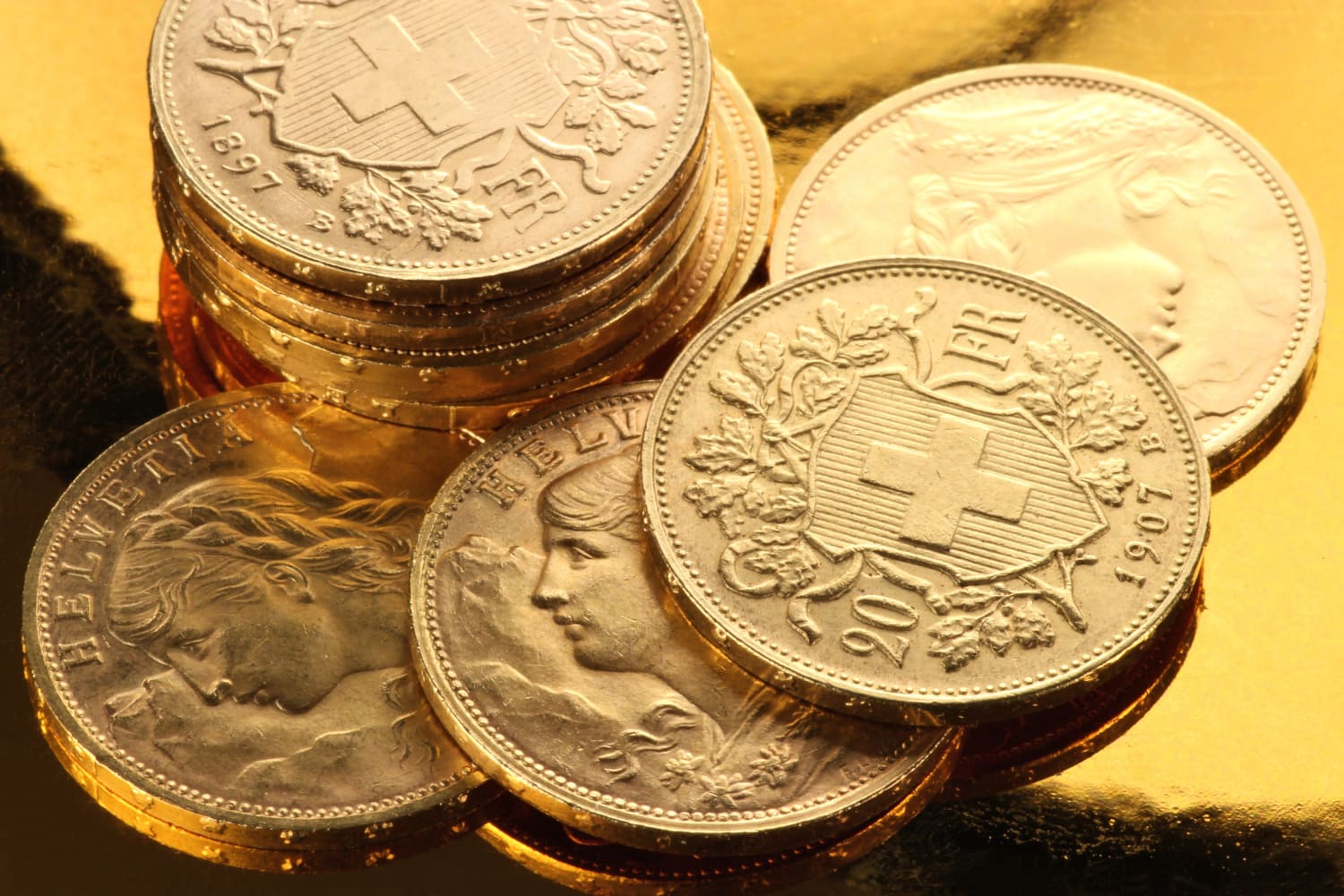
© info78469 - stock.adobe.com
Roger Federer commemorative coins
Something unprecedented occurred on January 23, 2020: For the first time, a Swiss commemorative coin was issued to honour a living personality: Roger Federer. He is not only considered one of the best tennis players of all time, but as a popular, fair-minded sportsman he is probably one of the best-known Swiss people in the whole world. Swissmint initially minted a silver coin with a face value of 20 francs. The front face, designed by Remo Mascherini, shows the athlete swinging his tennis racket to execute a backhand. Due to its great popularity, a reissue soon followed a few months after the first edition. The total circulation of this coin is 100,000 uncirculated pieces: Of this total, 95,000 pieces have been made available in blister packs; with 5,000 pieces available in a colour-illustrated card folder. A proof edition is also on the market, with 10,000 high-quality pieces available in a presentation case complete with a numbered certificate of authenticity.
The same year also saw the market launch of a Roger Federer gold coin with a face value of 50 francs and a different design. This is once again the work of Mascherini and shows Roger Federer receiving a winner’s trophy. Here, each proof was again available in a presentation case, with the significantly lower issue limited to just 10,000 units.
Commemorative gold coin 2023 “175 years of the Federal Constitution”
The commemorative gold coin marking “175 Years of the Federal Constitution” is even more recent, only coming onto the market in mid-2023. This coin has a face value of 50 francs and commemorates the first federal constitution of 1848, which united Switzerland as a federal state. Accordingly, the Swiss artist Peter Salzmann created a symbolic depiction on the face of the coin using the preamble text taken from the original federal constitution document. On the back, there is an angelic figure which echoes the classic image of Helvetia, accompanied by classic peace symbols. This edition is available as follows:
- Proofs: 3,750 coins
- Proofs with a numbered artist certificate: 250 coins
- Numbered coin boxes, which include a silver coin: 1,000 units
For those on a smaller budget, the commemorative coin is also available as a limited-edition silver coin.
1. World record: The smallest commemorative coin in the world
In 2021, Swissmint secured the Guinness World Record for the world’s smallest commemorative coin. The obverse of this gold coin minted in 2020 features the iconic portrait of Albert Einstein sticking out his tongue. However, this image cannot be readily discerned with the naked eye, because the commemorative coin – a real lightweight weighing in at just 0.063 grams – has a diameter of only 2.96 millimetres. With an edition limit of just 999 copies, this coin was understandably sold out in a very short time.
2. World record: The oldest coin in the world still in circulation
The Swiss Mint also claimed a second “Guinness World Record” in 2021. This was the record for the oldest coin still in circulation. A 10-centime piece which has been in circulation since 1879, and still remains legal tender, the face of this special coin displays a woman’s head looking to the right.
More special coins
Of course, this is just a small sample of the Alpine Republic’s diverse coin output. From 1974 to 1990, the official Swiss mint also issued several cupro-nickel coins, a material which is not especially valuable. These commemorative pieces featured, for example, images of Heinrich Pestalozzi, Henry Dunant and Gottfried Keller. However, in 2022, Swissmint proved commemorative coins can potentially be far more valuable with the issue of a platinum coin with a face value of 25 CHF.
Summary:
- The Swiss Mint is Switzerland’s official mint.
- It was originally founded in the middle of the 19th century as the Federal Mint.
- The institution’s current name dates back to 1998.
- Swissmint primarily mints circulation coins as well as commemorative and special-issue coins.
- Its most famous coin products include the Goldvreneli and the Roger Federer special-issue coins.
- Swiss Mint achieved two “Guinness World Records” in 2021.



